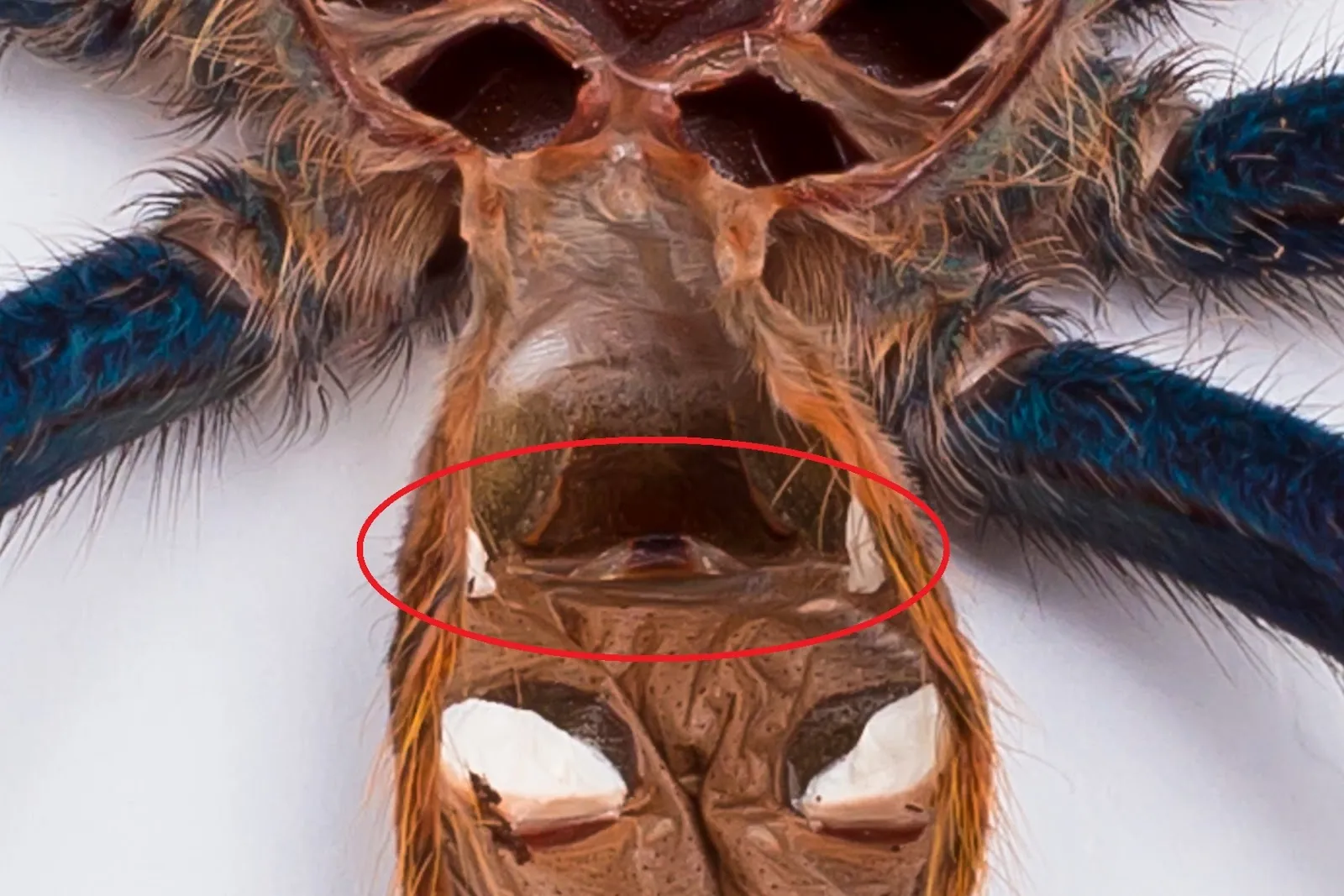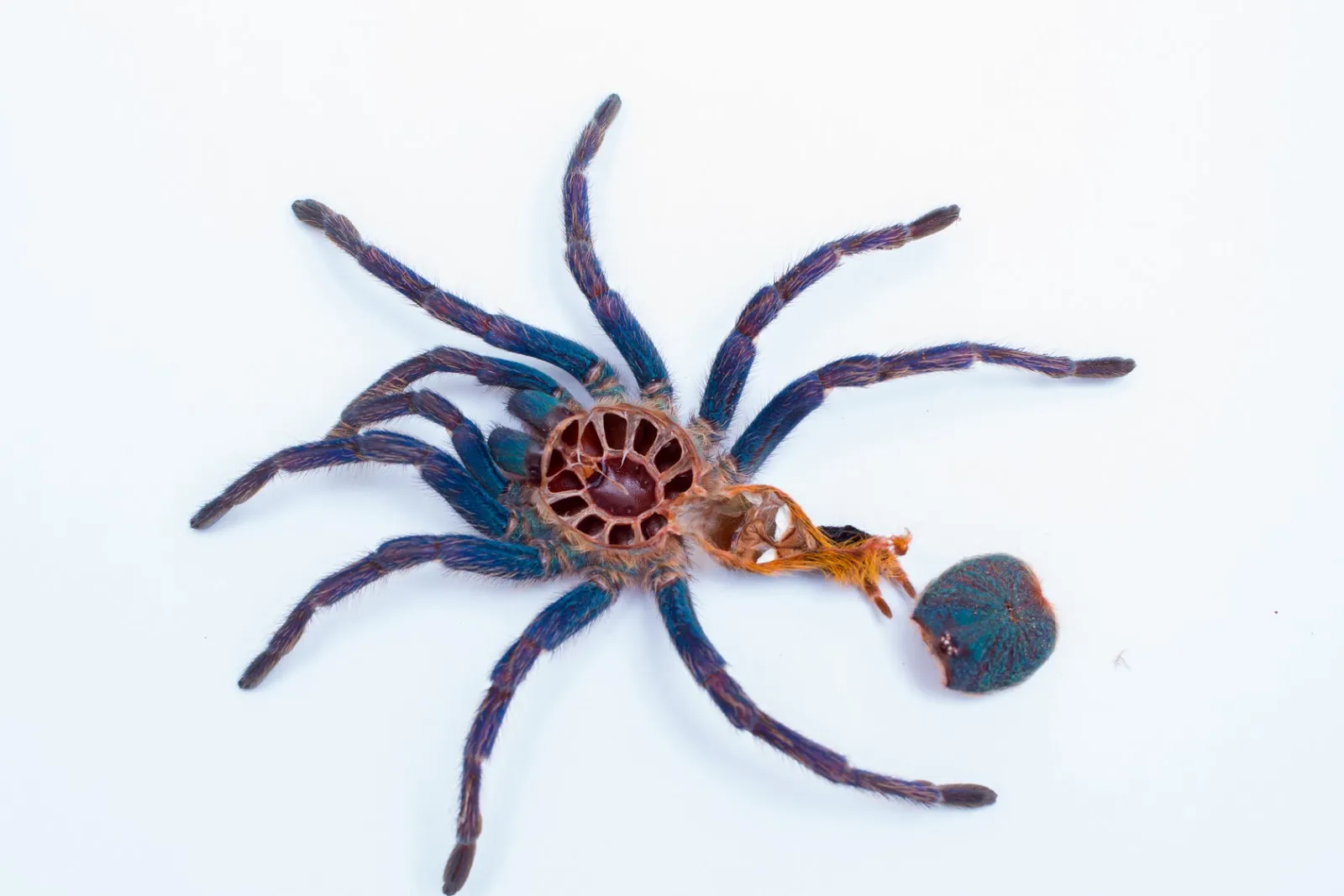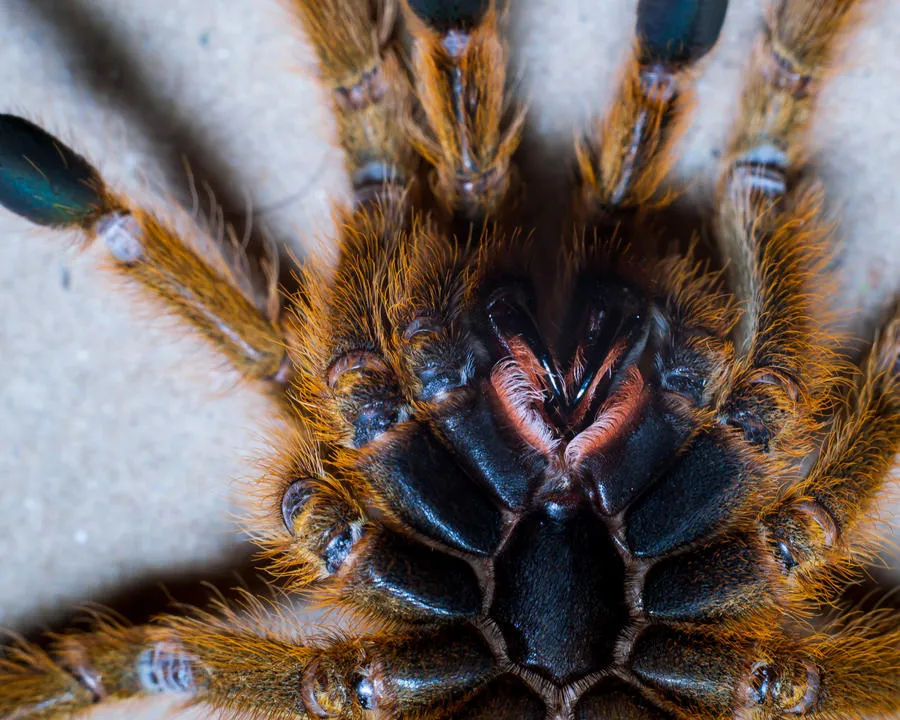What is Tarantula Bad Moult
A tarantula bad moult, also known as a failed or problematic shed, is a stressful and potentially dangerous situation for your arachnid companion. During the moulting process, a tarantula sheds its exoskeleton (exuvium) to grow. The new exoskeleton forms underneath the old one, and the tarantula must work its way out of the old shell. A bad moult occurs when the tarantula struggles to shed its old exoskeleton completely, or when the process is disrupted, leading to health issues. This can be caused by several environmental, biological, or husbandry factors. Understanding the causes and recognizing the signs of a bad moult is crucial for ensuring the well-being of your pet tarantula.
Causes of Tarantula Bad Moult
Several factors can contribute to a tarantula experiencing a bad moult. Many of these issues are related to the conditions provided in its habitat. Proper care and attention to these factors can significantly reduce the risk of problems during shedding.
Dehydration

Dehydration is a significant cause of bad moults. Tarantulas need adequate hydration to lubricate the shedding process. Dehydration can make the exoskeleton tough and inflexible, making it difficult for the tarantula to extract itself. Signs of dehydration include a wrinkled appearance, lethargy, and a lack of appetite. Ensuring a constant supply of fresh water, either through a water dish or misting, is vital for preventing dehydration and supporting healthy moulting.
Poor Humidity
Maintaining the correct humidity levels is crucial. Low humidity, similar to dehydration, can dry out the exoskeleton. Certain tarantula species have specific humidity requirements. It’s essential to research the needs of your particular species. Misting the enclosure regularly, providing a water dish, and using appropriate substrate can help maintain the ideal humidity. A hygrometer is a useful tool for monitoring humidity levels.
Injury
Any physical damage to the tarantula can complicate the shedding process. This could include injuries sustained from falls, bites, or contact with sharp objects in the enclosure. Such injuries can interfere with the tarantula’s ability to properly shed its exoskeleton. Always ensure that the enclosure is free of hazards. Handle your tarantula with care and avoid unnecessary stress to minimize the risk of injury.
Nutritional Deficiencies

A balanced diet is essential for overall tarantula health and successful moulting. Nutritional deficiencies, particularly a lack of essential minerals, can impact the formation of the new exoskeleton. Ensure you are feeding your tarantula a varied diet of appropriately sized insects. Supplementing the diet with a calcium or vitamin supplement may be necessary for some species, but consult with a veterinarian experienced in exotic animals or an arachnid specialist for guidance.
Environmental Stress
Stress can negatively affect the moulting process. Sudden changes in temperature, vibrations, loud noises, or excessive handling can all contribute to stress. Provide a stable and undisturbed environment for your tarantula. Avoid placing the enclosure in high-traffic areas and keep the temperature consistent. Minimize handling during the moulting period to reduce stress.
Signs of Tarantula Bad Moult
Recognizing the signs of a bad moult is critical for quick intervention. Early detection can improve the chances of a successful outcome. The following are common indicators that your tarantula is struggling with its moult.
Difficulty Shedding

The most obvious sign of a bad moult is the tarantula’s inability to fully shed its exoskeleton. You might observe the tarantula struggling for an extended period, with parts of the old exoskeleton still attached. This is a clear indication that something is wrong, and intervention may be necessary. Monitor the tarantula closely during the moulting process.
Retained Exuvium
Retained exuvium refers to the old exoskeleton remaining attached to the tarantula after the moult. This is particularly common around the legs, fangs, or abdomen. The retained exoskeleton can constrict the tarantula’s movement, restrict blood flow, and potentially lead to limb loss or infection. Carefully examine your tarantula after each moult to ensure that all parts of the old exoskeleton have been shed.
Lethargy or Weakness
A tarantula experiencing a bad moult may appear lethargic, weak, or unable to move normally. It might lie on its back or side for an extended period. These symptoms suggest that the tarantula is struggling and requires immediate attention. Monitor the tarantula’s behavior carefully during this period.
Loss of Limbs

In severe cases of bad moult, the tarantula may lose limbs. This can happen if the old exoskeleton constricts the limbs, cutting off circulation. Although tarantulas can regenerate lost limbs over several moults, this can be a traumatic and debilitating experience. Prevention is key by providing the right care from the start.
How to Help a Tarantula with Bad Moult
If you suspect your tarantula is experiencing a bad moult, there are several steps you can take to assist it. However, it’s crucial to act quickly and cautiously, as improper intervention can worsen the situation.
Provide Optimal Humidity
Increase the humidity in the enclosure, but avoid making it excessively wet. Lightly mist the enclosure and ensure proper ventilation to prevent the development of mold. Monitor the humidity levels using a hygrometer to maintain the correct range for your tarantula’s species. Provide a shallow water dish for drinking.
Ensure Proper Hydration

Make sure your tarantula has access to fresh, clean water. If the tarantula is dehydrated, you can try gently misting it with water or providing a damp cotton ball for it to drink from. However, avoid forcing water into the tarantula’s mouth.
Offer a Safe Environment
Minimize stress by providing a quiet, undisturbed environment. Reduce handling and avoid any unnecessary disturbances. Make sure the enclosure is free of hazards. Ensure the tarantula has adequate substrate to burrow in, if appropriate for the species.
Assist the Moult
In some cases, gentle intervention may be necessary. If the tarantula is struggling to shed, you can try to carefully assist the moult. Using a pair of soft tweezers, gently try to remove the retained exoskeleton, but only if it is easily accessible. Do not pull or tug forcefully, as this could injure the tarantula. Sometimes, gently moistening the area around the retained exuvium with a damp cotton swab can help loosen it.
When to Seek Veterinary Help

If the bad moult is severe, if you are uncomfortable intervening, or if the tarantula shows signs of infection or significant injury, it is essential to seek veterinary help. Find a veterinarian who is experienced in treating exotic animals, particularly arachnids. They can assess the situation, provide specialized care, and offer advice on how to prevent future problems. Do not hesitate to seek professional help if you are unsure about how to proceed.
In conclusion, a tarantula bad moult is a serious condition that can be prevented with proper care and attention. By understanding the causes, recognizing the signs, and taking appropriate action, you can significantly improve the chances of a successful outcome. Remember to maintain optimal humidity, ensure proper hydration, provide a safe environment, and seek veterinary help when necessary. Your vigilance and care will help ensure your tarantula thrives and lives a long, healthy life.
